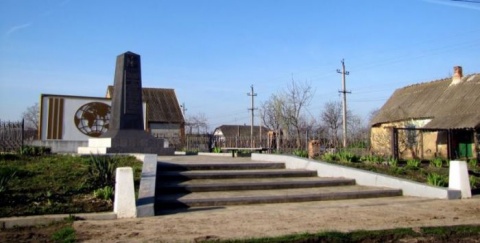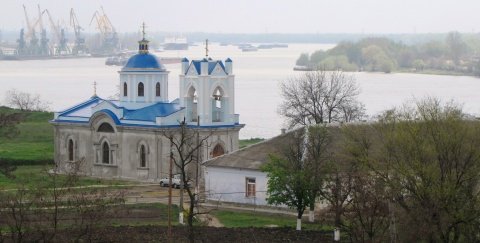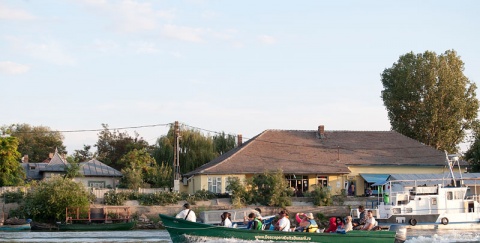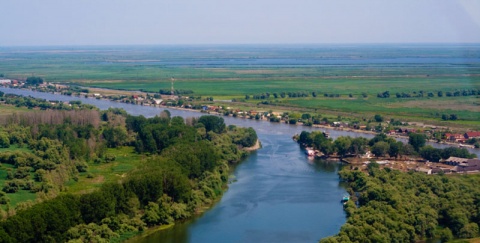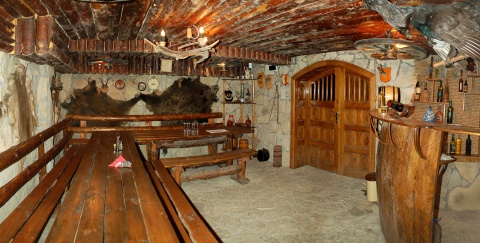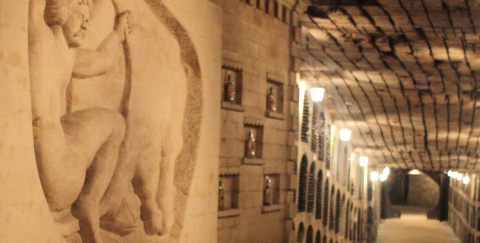

Tulcea was founded in the 7th century B.C. under the name of Aegyssus, mentioned in the documents of Diodorus of Sicily (3rd century BC). In his Ex Ponto, Ovid recorded a local tradition that ascribed its name to a mythical founder, Aegisos the Caspian.
After the fights from 12-15 A.D. the Romans conquered the town. They rebuilt it after their plans, their technique and architectural vision, reorganizing it. The fortified town was mentioned as late as the 10th century, in documents such as Notitia Episcopatuum or De Thematibus.
Under Byzantine rule beginning with the 5th century A.D. the town was abandoned by the first half of the 7th century due to the Barbarian invasions. The former settlement's territory fell under the rule of the Bulgarian Empire (681-c.1000; 1185-14th century). Inhabitation was restored in the second half of the 10th century, as the Byzantines built a fortress on the spot after reconquering the region. The fortress was soon destroyed in 1064 by an attack of the Uzes, however some inhabitation continued. A settlement, larger than the one in the 11th century, is archaeologically attested beginning with the 14th century. The Ottoman rule was imposed around 1420, and would last for the following four centuries.
The town was first documented under its modern name in 1506, in the Ottoman customs records. On that occasion it was described as an "important centre for the transit trade".
Around 1848, it was still a small shipyard city, being awarded city status in 1860, when it became a province capital. It became a sanjak centre in Silistre Eyaleti in 1860 and Tuna Vilayeti in 1864.
In 1878 Tulcea was eventually awarded to Romania, together with the Northern Dobruja (see Congress of Berlin). Tulcea was occupied by the Central Powers between 1916-1918 during World War I and part of their condominium following the Treaty of Bucharest in May 1918 (until November 1918).
Nowadays, Tulcea is the site of the "George Georgescu Contest", a music competition created by teachers at the Tulcea Arts High School and held annually since 1992. Named in honor of the conductor George Georgescu (1887–1964), an important figure in the development of Romanian classical music who was born in the Tulcea county, the contest was at first open only to Romanian music school and high school students but began admitting international students in 1995. Organizers include the Romanian Ministry of Education and Youth, the Education Board of Tulcea County, the Tulcea County Council, the Tulcea Mayoralty, and surviving members of Georgescu's family.
DANUBE.TRAVEL has no control over the website content generated by users and/or visitors, neither such content represents a statement, opinion, recommendation or rating by DANUBE.TRAVEL. For further information please refer to DANUBE.TRAVEL – General Website Terms and Conditions of Use.
Places near this location
Stara Nekrasovka Village and the Meridian Monument
This village is named after a chief ("ataman") of ...
 EN
EN DE
DE

